Logo Design 101: The Symbol
In the first in this series of blog posts, Logo, Corporate Identity or Brand—What's the Difference?, I briefly explored these three marketing...
2 min read
 Brad Pettengill
:
9/28/17 10:00 AM
Brad Pettengill
:
9/28/17 10:00 AM
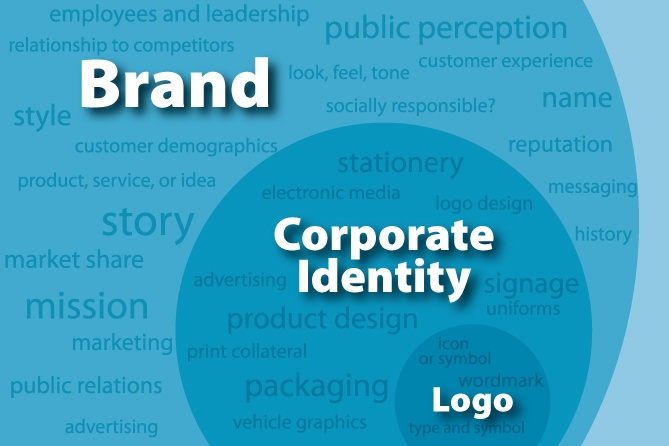
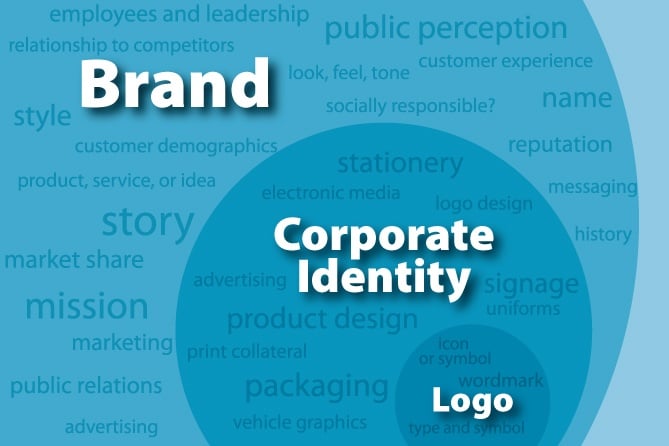
Logo, Corporate Identity or Brand — What’s the difference? When a company begins to consider ways to visually represent themselves, their product, service or idea, these terms are sometimes used interchangeably. There are significant differences though, and building a solid understanding of these three terms is valuable for every marketer.
A logo is a graphic element that succinctly and quickly identifies a company. It is a way to visually represent a product, service, company, or individual in a way that’s memorable and briefly tells their story. It may be only an icon or emblem, or a logotype/wordmark, or combination of both—the company name in a distinctive type treatment along with a symbol, emblem or illustration. An effective logo is part of a successful brand, and accordingly, has been strategically created with the same positioning, tone, visual appeal, messaging and story of the brand. Some of the elements used in logo design to communicate this positioning, message and tone are colors, font choice, custom typography or calligraphy, illustration style, shape and style, and historical reference, all of which come together to communicate, for example: rich, organic and home-styled; clean, corporate, strong and efficient; or soft, sensuous and luxurious.
Standalone symbols:


Examples of memorable logos created from type only.
Combination of Symbol and type:

Examples of well-known typeface and symbol combination logos.
A corporate identity is the bigger picture of all the visual and sensual aspects of a company. Logo design; stationery; marketing collateral such as print brochures and direct mail; website design, email, social media; online, radio, magazine, billboard and display advertising; product design and packaging; employee uniforms; corporate signage and vehicle graphics. A corporate identity program needs to address all these potential impressions made by the company, and inconsistent or nonexistent application of the identity can result in a less that optimal brand perception. A Style and Usage Guide shows how all these should be implemented, and, if followed, ensures every time the company makes an impression on the public, the manner, tone, look and feel is consistent with the established corporate identity and thereby supports the brand.
A brand image is comprised of every experience a person has with that company, person, product or service. It’s what you think of when you see the logo, i.e., the public’s perception of the personality of a business entity. Creating a successful and appealing brand requires proper strategy, positioning, marketing and messaging to appeal to a company’s target market. Ultimately a brand is formed by the audience—the customers, based on not just the strategy, positioning, marketing and logo created by an agency, but the behavior, ethics, and values of the company as well. When a customer feels in sync with a company, it is an emotional bond, a connection based on shared vision and values.
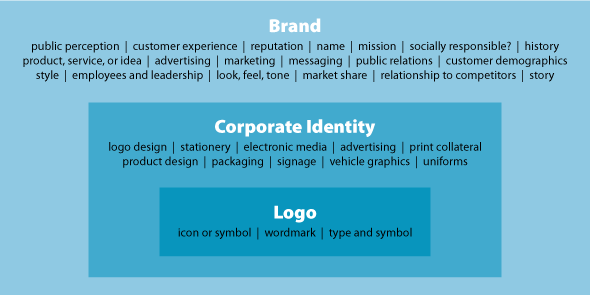
We will explore each of these in more detail in future posts. Subscribe now by email or RSS.
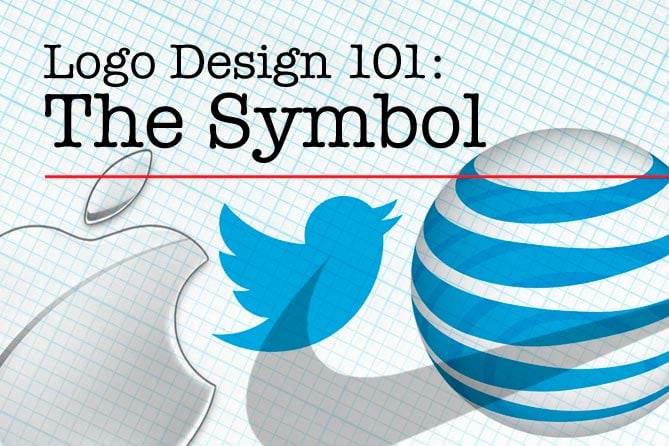
In the first in this series of blog posts, Logo, Corporate Identity or Brand—What's the Difference?, I briefly explored these three marketing...
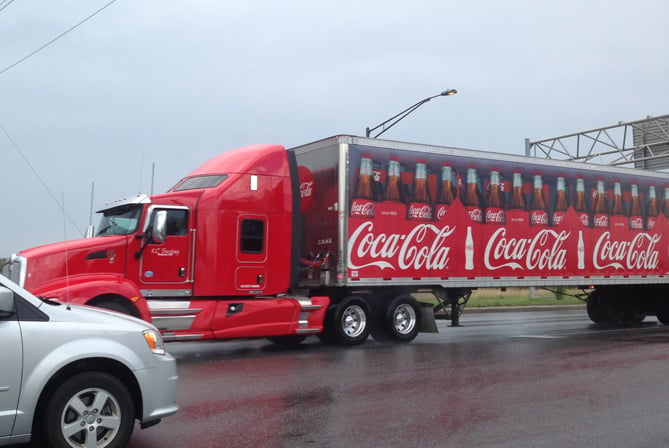
I started this series with the post Logo, Corporate Identity or Brand — What’s the Difference?, which briefly defines these terms and what...
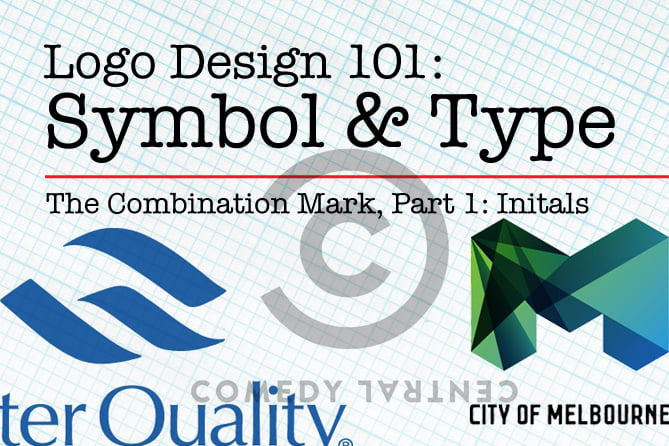
In this fourth article in the series, Logo, Corporate Identity or Brand—What's the Difference? we start to explore the third category of logo design,...